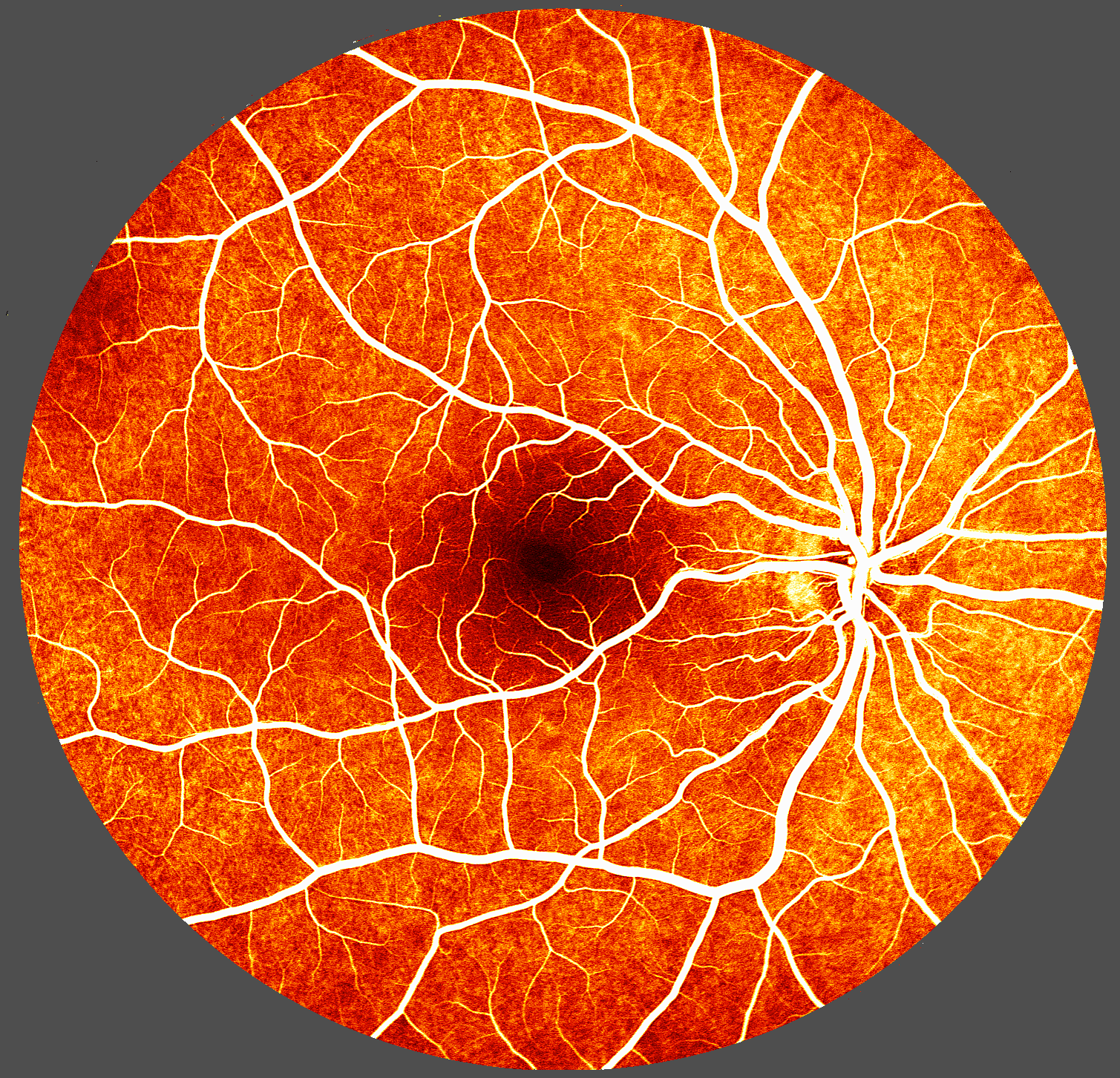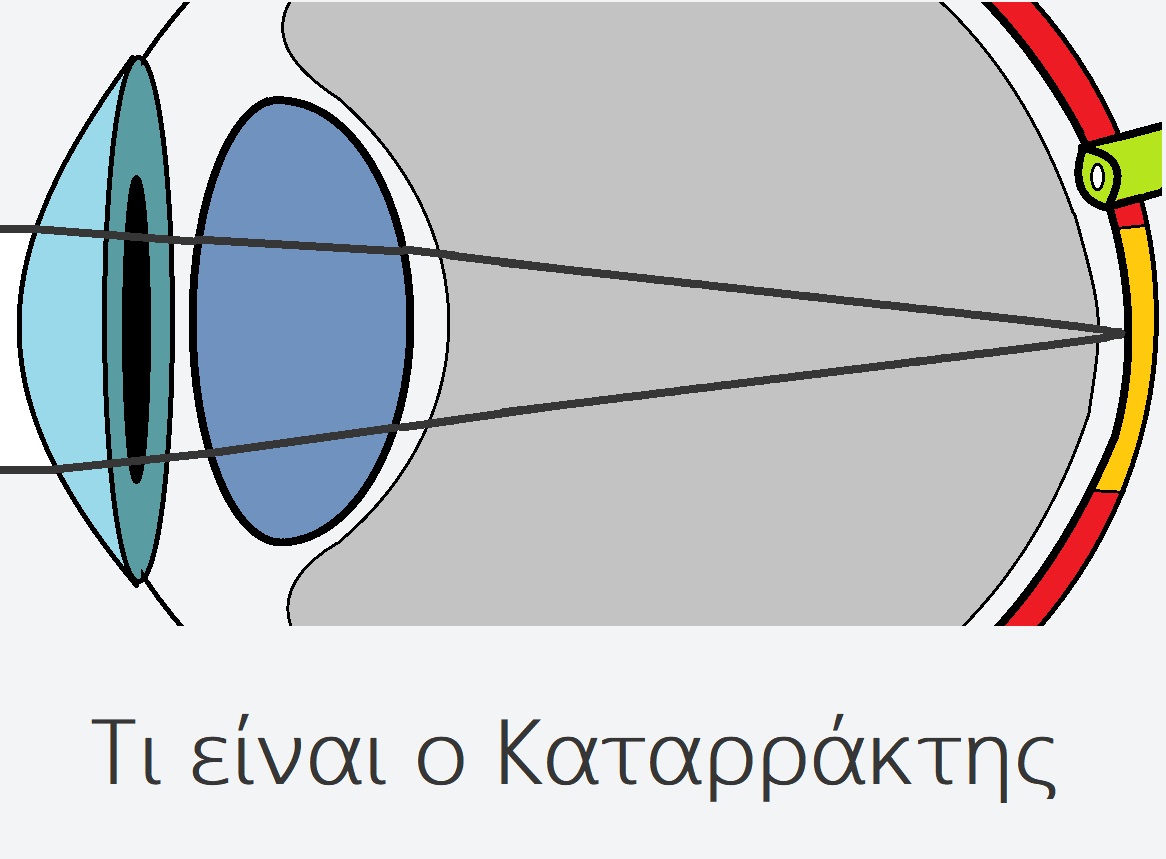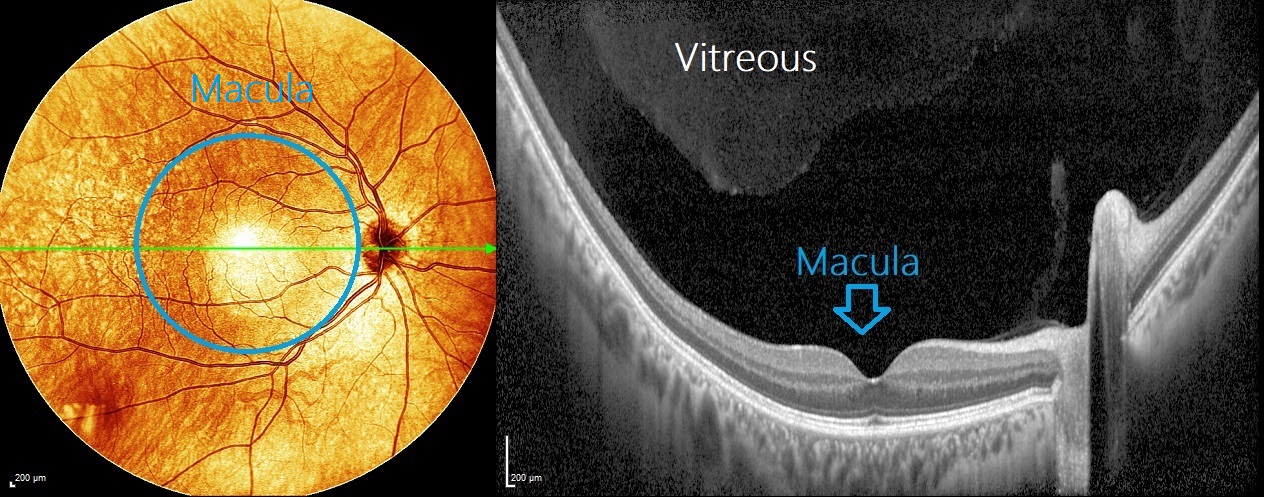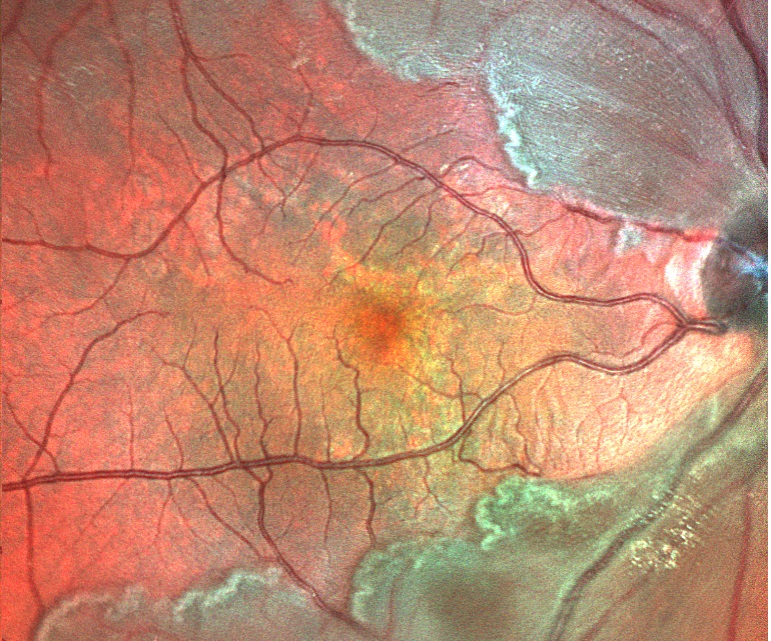
+357 25 87 87 88
What is the macula

The eye is like a photographic camera. It has two lenses in the front (the cornea and the crystalline lens ) and a photographic film at the back, the retina and macula , which capture the image and send signals via the optic nerve to the brain so that we can process the visual image. The macula is the central portion of the retina and it subserves our central and detailed vision. The peripheral retina gives us our peripheral and less detailed vision. In the centre of the eye, there is a large cavity which is filled by a transparent gelatinous mass, the vitreous .

The macula contains a very high concentration of light-sensing cells called photoreceptors. They act like the pixels of a camera so that the image is captured, and each photoreceptor sends a signal to the brain so that we can visualise the image.
There are actually hundreds of conditions that can affect the macula. In the list below, there are links for some information on a selection of the most common diseases of the macula.
Macular Diseases

(1) Age-Related Macular Degeneration
Dry types and their management - new therapeutic approaches
Wet types and their management - new therapeutic approaches
Submacular haemorrhage (bleeding)
(2) Diabetic Maculopathy
Diabetic Macular Oedema and treatment options
Ischaemic Maculopathy due to Diabetes
(3) Cystoid Macular Oedema due to Retinal Vein Occlusion
(4) Maculopathies due to traction
Epiretinal Membrane
Vitreomacular Traction Syndrome
Macular Hole